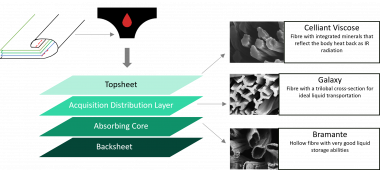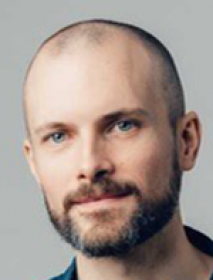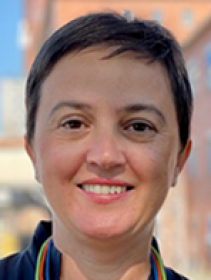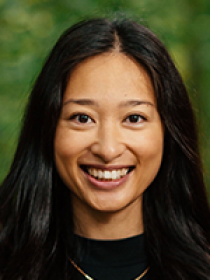Gewinner der Cellulosefaser-Innovationen des Jahres
Jährlicher Höhepunkt der Branche ist die International Conference on Cellulose Fibres in Köln, auf der die neuesten Entwicklungen vorgestellt wurden: neue Cellulosefasertechnologien für verschiedene Rohstoffe und eine breite Palette von Hygiene- und Textilprodukten sowie Alternativen zu Kunststoffen und Kohlefasern für Leichtbaukonstruktionen.
In diesem Jahr nahmen zum ersten Mal 230 Teilnehmer aus 27 Ländern teil. Etwa 60 konnten unter strikten Corona-Sicherheitsvorkehrungen vor Ort dabei sein, die anderen nahmen online teil und konnten sich an Fragen und Diskussionen beteiligen.
Die Konferenz gab tiefe Einblicke in die vielversprechende Zukunft von Cellulosefasern, die perfekt zu den aktuellen Trends der Kreislaufwirtschaft, des Recyclings und der nachhaltigen Kohlenstoffkreisläufe passen.
Ein wichtiger Schwerpunkt der Konferenz waren alternative Quellen für Cellulose, denn der steigende Bedarf an Cellulosefasern kann auf Dauer nicht allein mit Holz und Alttextilien gedeckt werden. Auf der Konferenz wurde in Vorträgen und Podiumsdiskussionen eine Vielzahl von landwirtschaftlichen Nebenprodukten und biogenen Abfällen vorgestellt, wie z. B. Orangen- und Bananenschalen, Getreide und Hanfstroh. Vieles davon ist großvolumig und wurde bisher nicht wertschöpfend verwertet. Spannende Möglichkeiten für die Cellulosefaserindustrie der Zukunft.
Innovationspreis
Live auf der Konferenz verliehen Gastgeber nova-Institut und Preissponsor GIG Karasek GmbH die Auszeichnung „Cellulose Fibre Innovation of the Year“ an eines von sechs interessanten Produkten.
- Erster Platz: Kohlenstofffasern aus Holz – Deutsche Institute für Textil- und Faserforschung Denkendorf (Deutschland)
- Zweiter Platz: Fibers365, Wirklich kohlenstoffnegative Frischfasern aus Stroh – Fibers365 (Deutschland)
- Dritter Platz: Nachhaltige Menstruationsunterwäsche: Anwendungsorientierte Funktionalisierung von Fasern – Kelheim Fibres (Deutschland)
nova-Institut Cellulosefasern International Conference on Cellulose Fibres Cellulose Fibre Innovation Nachhaltigkeit
nova-Institut GmbH



























